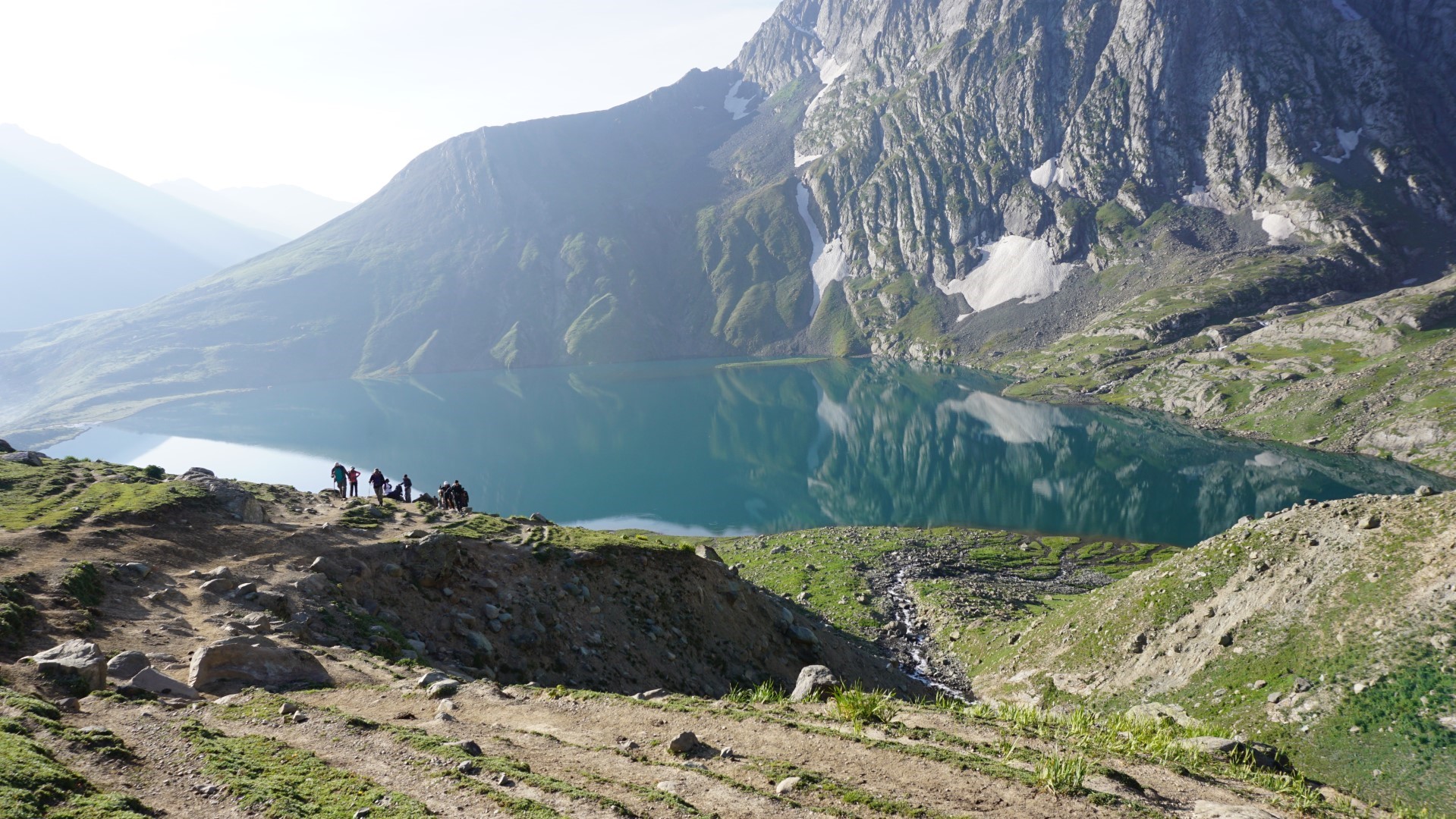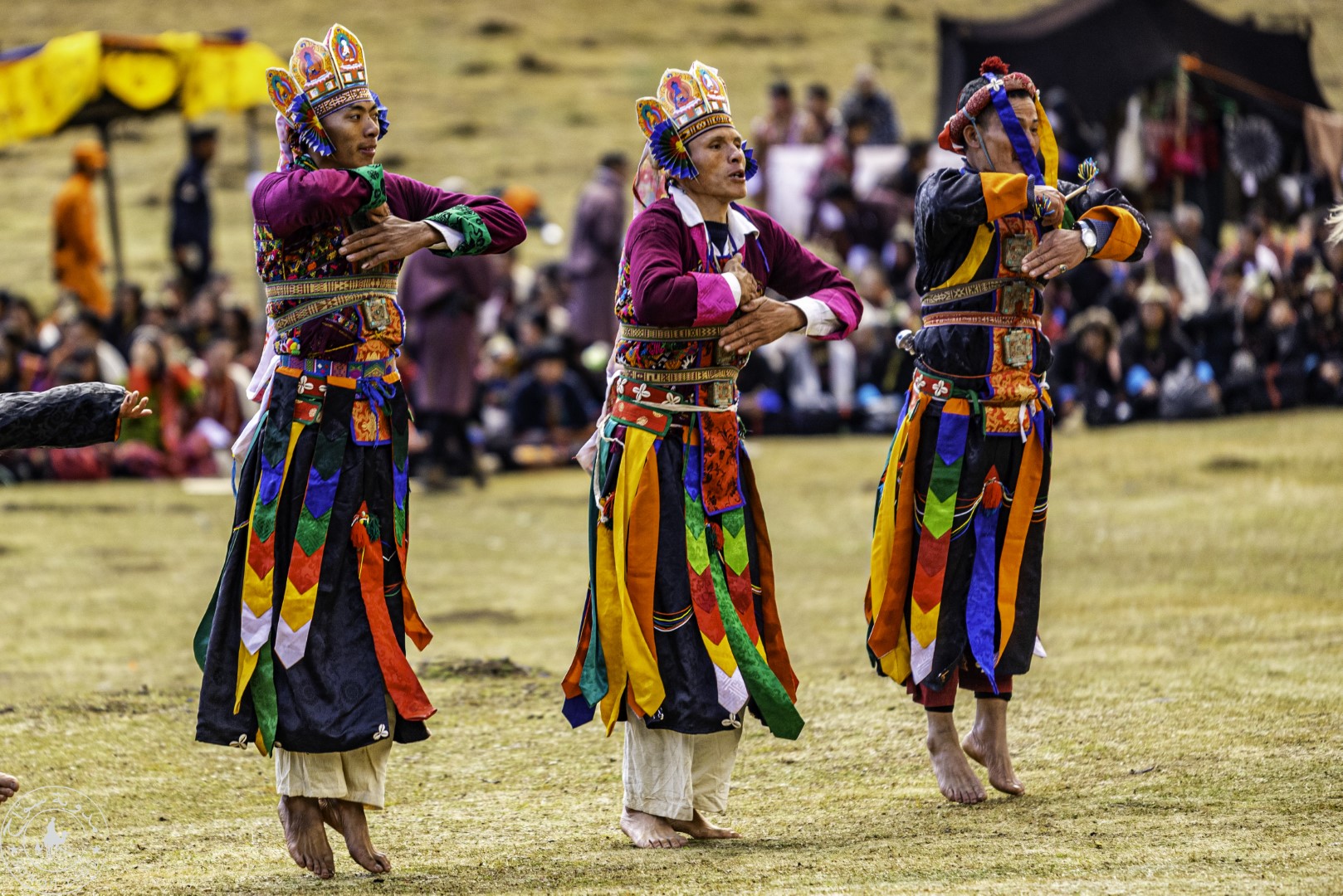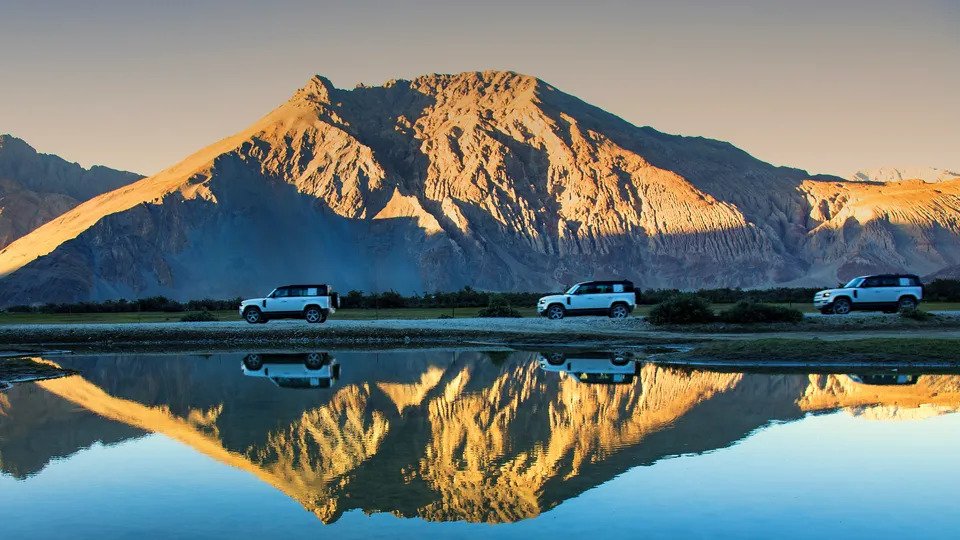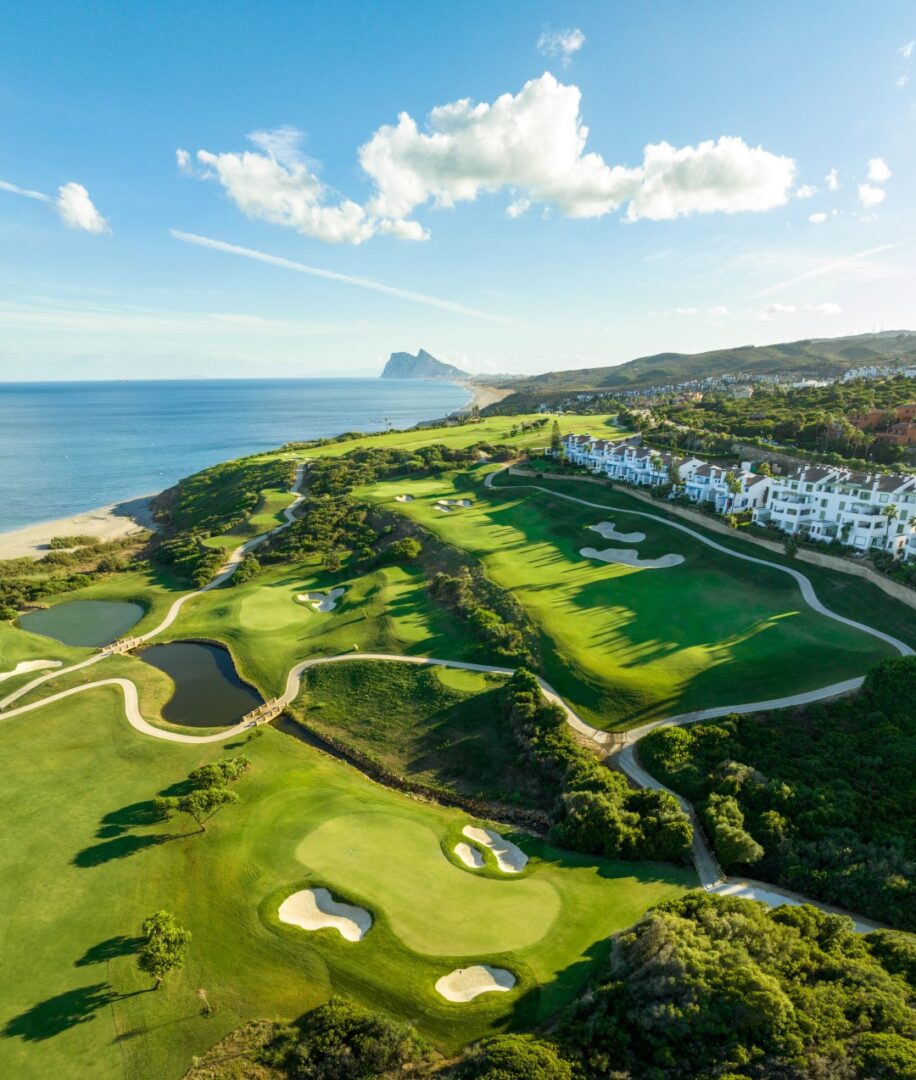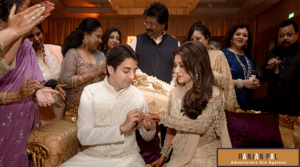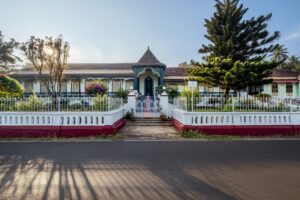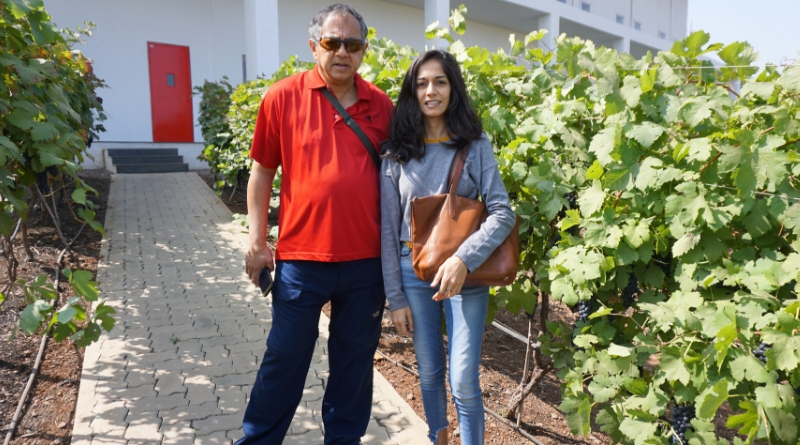

Travels with My Daughter: On the Nasik Wine Trail (Part 1)
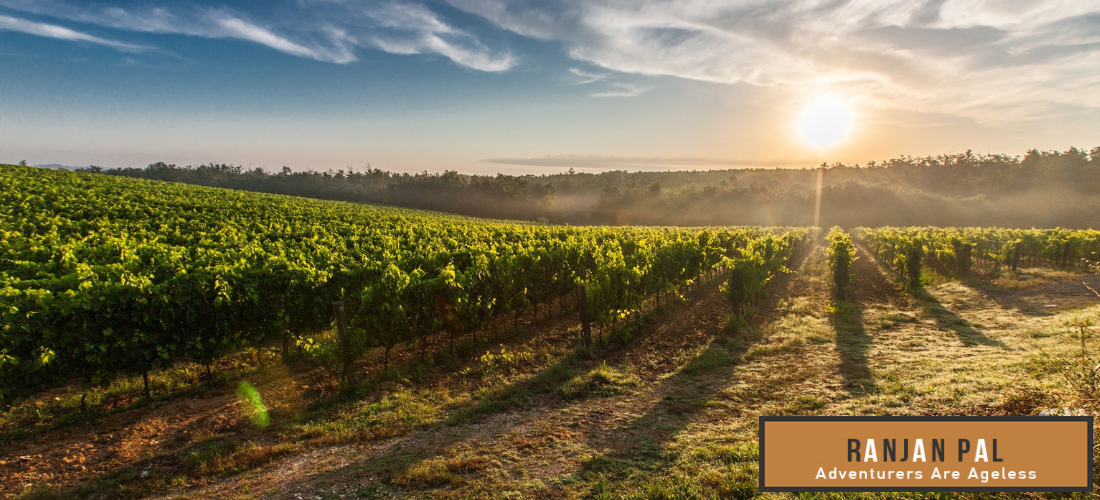

As a wine enthusiast of long standing, I have travelled the world in search of this nectar of the gods, from Napa Valley to La Rioja to the Cape Winelands. But I am embarrassed to say that I have never visited the vineyards in my own backyard. Sometimes you end up ignoring that which is closest to hand, like Dilliwallahs who have never seen the Taj. Mind you, there is no element of wine snobbery here. I do not belong to that peculiar class of desis who turn up their nose at the very mention of the word Sula, but will happily swill low-grade Jacobs Creek or Woodbridge just because it is phoren.






Sula is Honda: A quality product with high reliability, great brand recognition, and a wide range of models
So this time when visiting my daughter Tarini in Mumbai, I vowed to make amends and spend a weekend doing the rounds of the Nasik wineries. The first stop had to be Sula, the pioneer in wine cultivation in India and founded by California returnee Rajeev Samant in 1999. With a total production of 9 million litres a year and with 2,500 acres under cultivation, it now totally dwarfs the other producers. Sula produces 36 wines, the widest selection from 18 different grape varietals, so, like the Spencer’s supermarket, there is something for everyone. Growing name recognition has enabled Sula to successfully diversify into wine tourism, with almost 10 per cent of its revenues now coming from this activity.


We were warned against visiting Sula on a Sunday, but with Republic Day falling on Saturday and enforcing a dry day, we have no choice. It is like a scene right out of the Crawford fish market in Mumbai, with the madding crowd pushing, jostling, and swilling wine. Fortunately, being a founder member of the Delhi Wine Club has its benefits and we are taken in hand by Amrit Singh, an oenologist on the Sula team, who ushers us in for a special tasting in a low-ceilinged room with a panoramic view of the vineyards and the rolling landscape beyond.
We sample several wines, but my favourites are the Riesling, which is refreshing and light, and the top-end Rasa Shiraz, which is intense and full-bodied. Spread throughout the room are mock-ups of iconic Sula bottles like the gaily hued Brut Tropicale, and outside is a much larger version, glittering like a Christmas tree, which draws the selfie-clicking throngs. To use an analogy from the auto industry, Sula is Honda—a quality product with high reliability, great brand recognition, and a wide range of models.


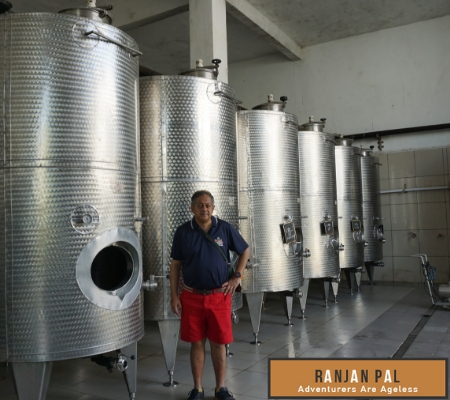

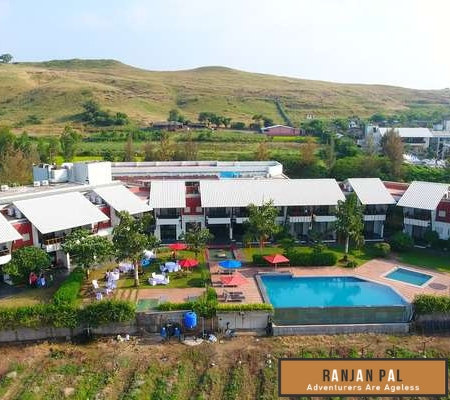

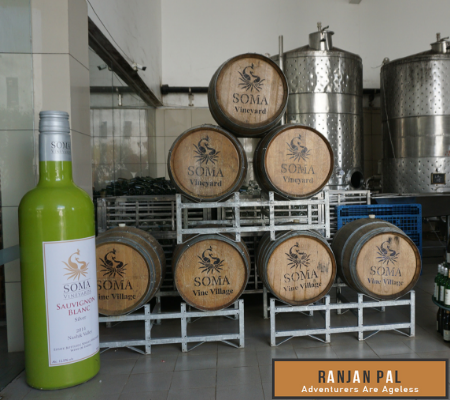

Soma is Fiat: Great potential and style, but yet to have a clear focus and make a lasting mark
Our afternoon session kicks off with a visit to Soma, just down the road from Sula. Soma is a relative newcomer to the wine game and positions itself as a boutique winery. However, I find the description to be more appropriate to their output (125,000 litres) than to their products which are somewhat lacking in complexity and structure. The three chenins all tend to excessive sweetness, and it is a sad irony that the better the wine in terms of lower sugar content, the less popular it is with the relatively unevolved taste or palate of the Indian wine consumer.
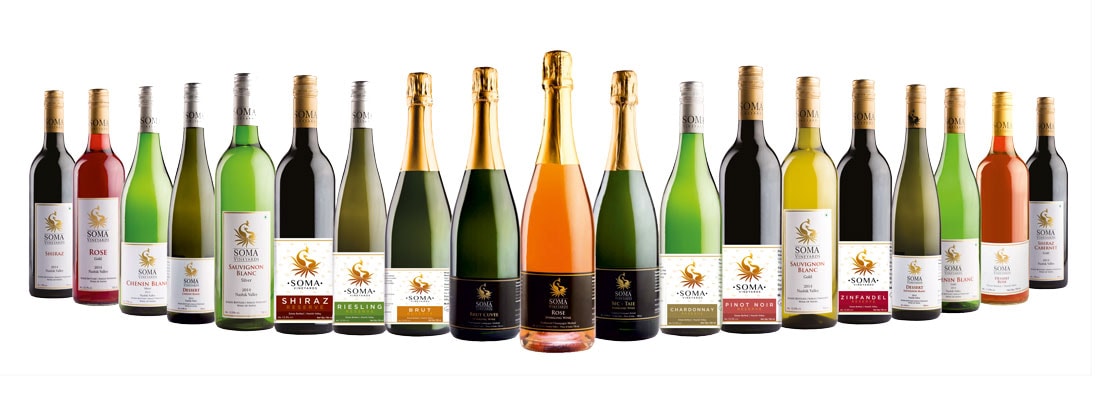

On our way out we are shown Soma’s pride and joy, the Regenta Resort Soma Vine Village, with 29 rooms and a wonderful view of Ganganagar Lake. It is now managed by the Royal Orchid group and realization immediately dawns—this is clearly a hospitality group with a wine challenge. The focus on the resort with wine as an afterthought is later confirmed to me by a couple of young winemakers from Italy, itinerants working at Soma temporarily before they head to New Zealand. To continue with the Italian auto analogy, Soma is Fiat—with great potential and style, but yet to have a clear focus and make a lasting mark.


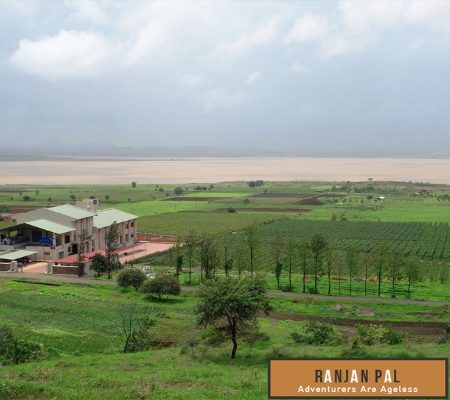

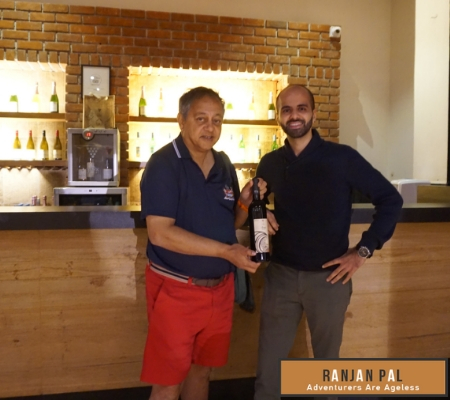



York is Volvo: A smooth, clean reliable drive combined with class and style
Our last stop for the day is York, a few minutes’ drive away. Here we are met by the suave young winemaker and co-owner Kailash Gurnani . His first name accounts for the ‘k’ in York, with the other letters representing the names of his siblings Yogeeta and Ravi. I am amused at this family-based nomenclature which is quite common in the Indian wine industry, the other examples being Sula named for Sulabha, mother of Rajeev Samant and Soma where the letters all represent close family members.
Kailash guides us through his wines with the confidence and expertise of someone who has been formally trained as a winemaker at the international level. The magic word terroir rolls casually off his lips several times.


From the tasting room, we enjoy the fading light of the sun setting over Ganganagar Lake, while sipping on wines that have been paired well with a cheese and olives. For me the piece de resistance is York’s flagship wine Arros (named for Kailash’s nephew). It is a 60:40 blend of Cabernet Sauvignon and Shiraz and aged in oak barrels for 13 months, which gives this wine good structure and finesse coupled with a deep, pleasing mouth feel.
The only problem with York is that currently there is no place for visitors to stay, so you could say that it is a wine company with a hospitality challenge. For me York is like Volvo—produced in small quantities, with a smooth, clean reliable drive combined with class and style, and the intelligent choice of discerning consumers.


![]()
![]()

